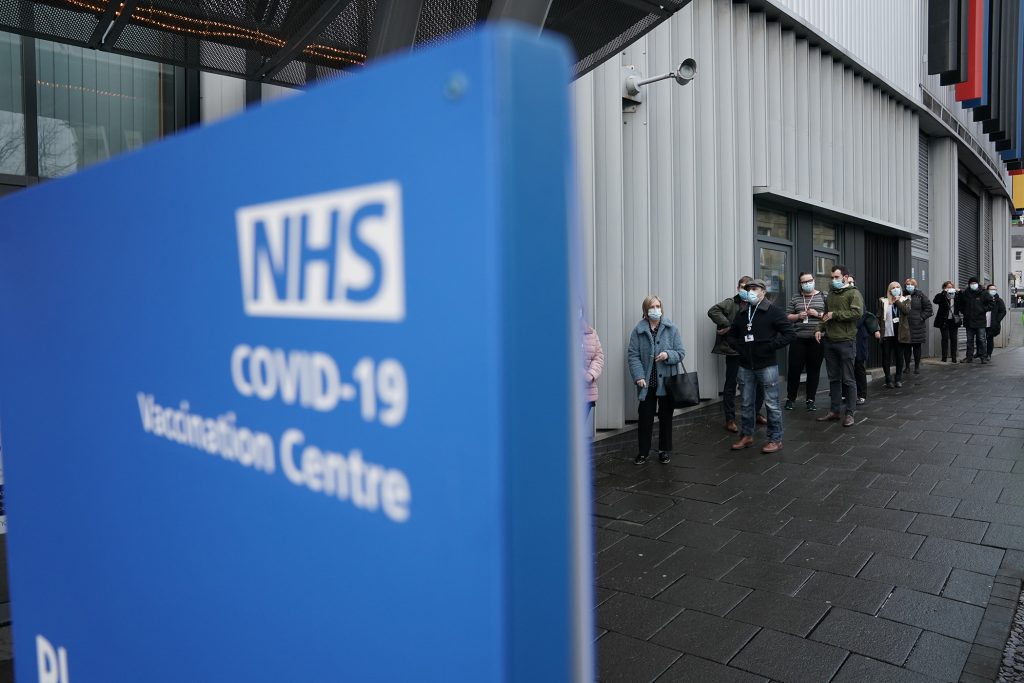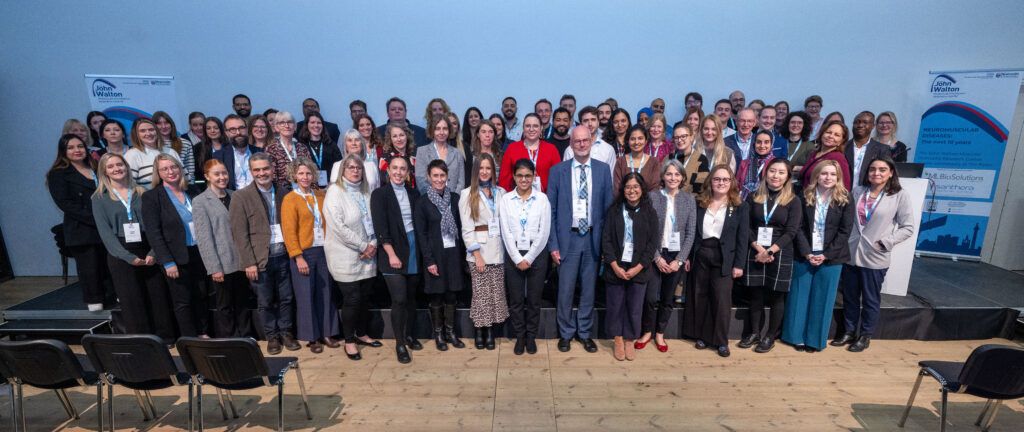The International Centre for Life is a dynamic science hub in the heart of Newcastle upon Tyne and is unlike anywhere else in the world.
It brings together Newcastle Hospitals and Newcastle University, combining the strengths of clinical excellence with academic expertise.
27 May 2025 marks 25 years since the centre opened its doors. Here, we take a look at where it all began.
2000
Plans for the Centre for Life were drawn up in the late 1990s by the then Tyne and Wear Development Corporation, Linda Conlon, Life’s chief executive, and leading geneticist, Professor Sir John Burn.
An aerial view of the site is shaped to represent a growing foetus as a nod to pioneering fertility research, while the green roof represents a curled leaf.
Her Late Majesty Queen Elizabeth II officially opens the centre on 27 May 2000.
In the same year, the Newcastle Fertility Centre was moved to the new site. As well as helping couples face fertility challenges, the centre carries out research and development into new fertility treatments. This life-changing research continues to this day.

2001
The Northern Genetics Service moves from Claremont Place (near the RVI) to the Centre for Life. The move allows the service to expand and develop as the role of genetics in healthcare becomes increasingly important.
2003
Human embryonic stem cells capable of reproducing themselves under lab conditions are produced for the first time in the UK. Newcastle was the first in the UK to be granted a licence by the Human Fertilisation and Embryology Authority to carry out this activity.
2005
Two years later, scientists based at the centre were the first to successfully clone a human embryo.
The clone was created as part of a Newcastle group of researchers, led by professors Miodrag Stojkovic and Alison Murdoch at the fertility centre.
2009
Newcastle research improves existing treatments for limbal stem cell deficiency, a rare condition that can result in sight loss and is usually caused by chemical burns.
The team recreated the first animal-free cultivated limbal epithelial stem cell transplantation. A research paper following the trial reported that the technology had successfully treated all patients referred to the service from across the UK.
Newcastle continues to be a leader in this field of research.

2011
Results from the Concerted Action Polyposis Prevention (CAPP2) trial are published and show that aspirin reduces the risk of colorectal cancer in people with Lynch syndrome.
Over 1,000 take part in the CAPP2 trial as part of a programme of research led by Professor Sir John Burn, a renowned professor of clinical genetics.
2013
The 100,000 Genomes project is launched, and Newcastle is one of the first sites participating in the project. Its aim was to sequence and study the role genes play in health and disease.
85 trusts across England, Northern Ireland, and Scotland are eventually involved in the project.
2014
The John Walton Muscular Dystrophy Research Centre opens at the Centre for Life. The centre is named after renowned neuroscientist, John Walton, who born in County Durham in 1922. To this day, he is considered a founding father of myology (the study of muscles).
2015
The North East and North Cumbria NHS Genomic Medicine Centre is announced as one of 13 centres in the country set up to support the 100,000 genomes project. In the same year, we become the first in the country to diagnose a patient with a rare disease through the project.
2018
Recruitment finishes for the 100,000 genomes project. By December of this year, over 100,000 genomes had been sequenced across the country.

2020
The COVID-19 pandemic is declared in March 2020. Vaccination centres – the first two large centres for the North East and north Cumbria – open at the NHS Nightingale hospital and Centre for Life.
2021
The centre hosts BBC’s Lockdown Live: what’s next? presented by TV journalists Naga Munchetty and Nick Robinson.
The programme looks back on a year of Covid and how the pandemic has changed lives. Newcastle is selected to host the special show because the RVI treated the UK’s first Covid patients.
Newcastle is one of the highest recruiters to Covid vaccine trials throughout the pandemic.
2022
Teams at the John Walton Muscular Dystrophy Research Centre dose the first patient in Europe to a clinical trial for Pompe disease. This rare disease affects the body’s ability to break down glycogen which means muscles don’t function properly.

Two years later, in 2024, the research centre is recognised as a centre of excellence by Muscular Dystrophy UK. The title demonstrates the centre’s outstanding care, promoting best practice locally and nationally, and demonstrating commitment to improving health and care for people living with muscle wasting and weakening conditions.
2025
The Centre for Life celebrates its 25th birthday on 27 May 2025. Take a look at the below video which charts an incredible 25 years of life-changing research, and have a read of Our evolving story – Centre For Life.
